Optimal Timing for Trench Digging
Understanding the optimal timing for trench diggings is essential for project efficiency and safety. Factors such as weather conditions, soil moisture levels, and project deadlines influence the best periods for excavation activities. Proper timing can lead to reduced complications, minimized delays, and cost savings.
Spring and early fall are often preferred due to moderate weather and soil conditions, reducing the risk of delays caused by heavy rainfall or extreme temperatures.
Dry weather periods are ideal for trench diggings, as wet soil can lead to unstable trenches and increased safety hazards.
Soil moisture levels influence excavation ease; overly dry or wet soil can complicate digging and affect trench stability.
Scheduling during periods with fewer weather disruptions helps ensure timely completion of trenching activities.
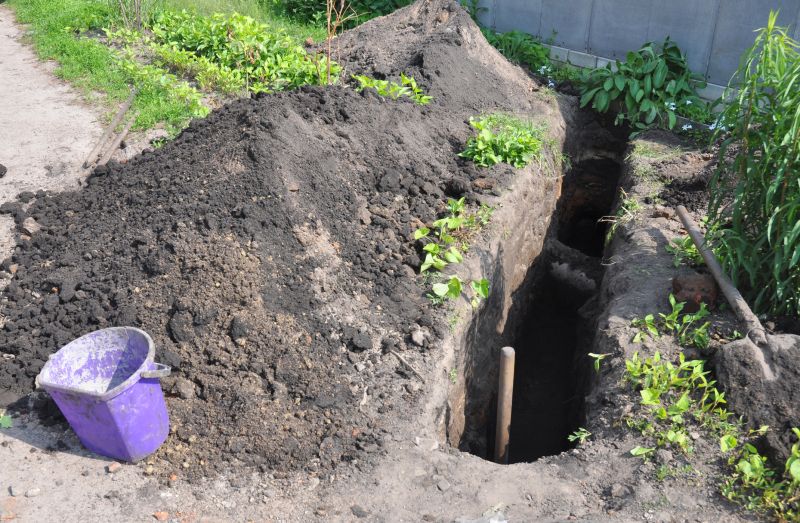
Optimal for moderate weather and soil conditions, reducing delays.
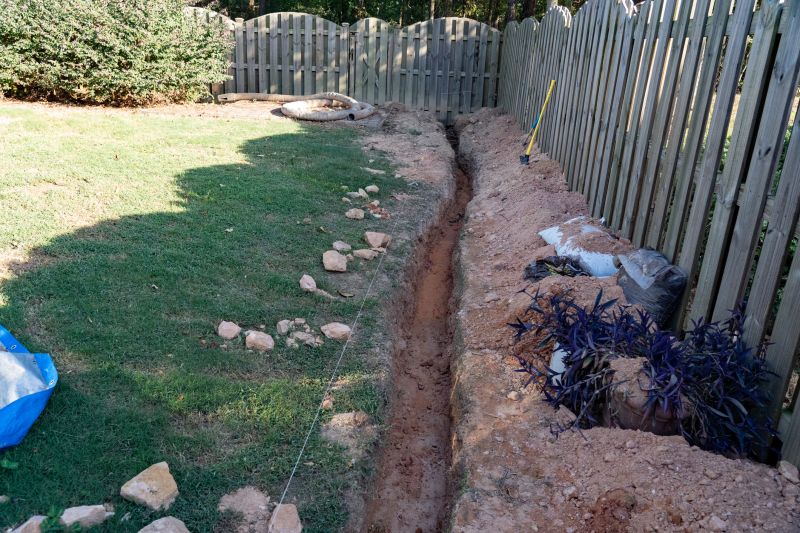
Can be challenging due to high temperatures and dry soil, but feasible with proper planning.

Ideal due to cooler temperatures and stable soil moisture levels.
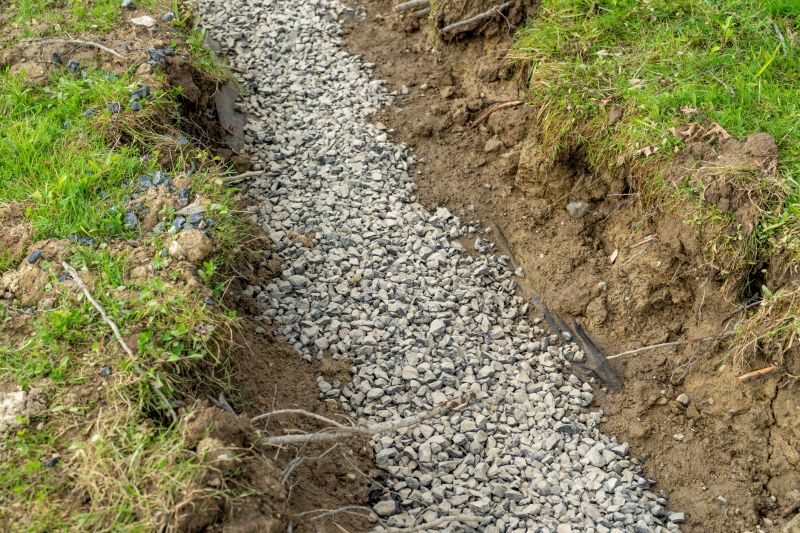
Ways to make Trench Diggings work in tight or awkward layouts.
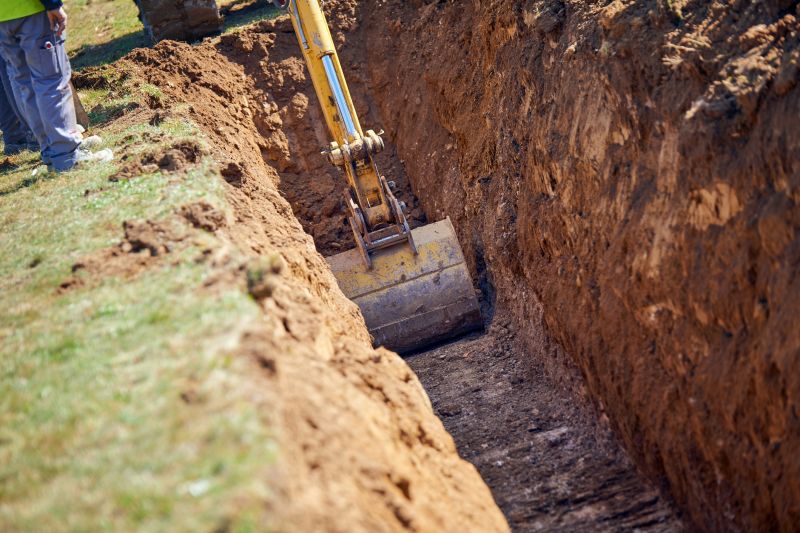
Popular materials for Trench Diggings and why they hold up over time.

Simple add-ons that improve Trench Diggings without blowing the budget.
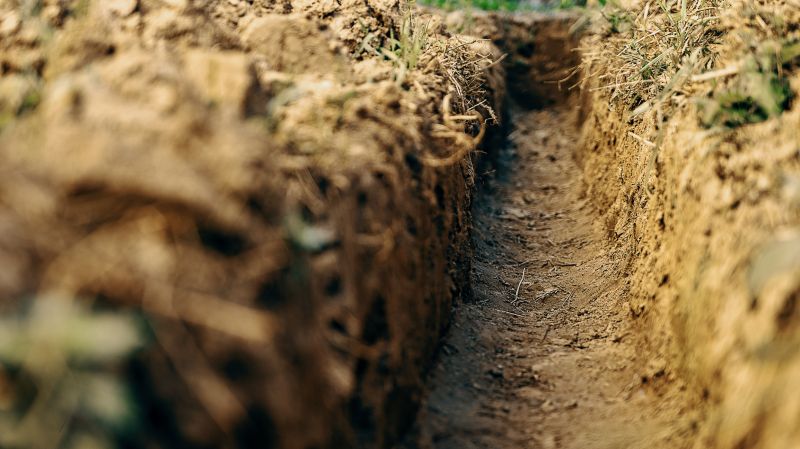
High-end options that actually feel worth it for Trench Diggings.
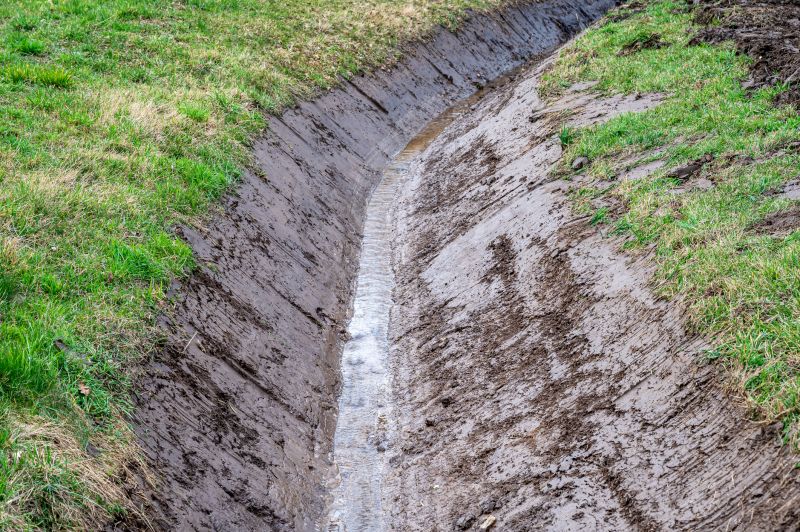
Finishes and colors that play nicely with Trench Diggings.
| Factor | Impact |
|---|---|
| Weather Conditions | Affects trench stability and safety |
| Soil Moisture | Impacts ease of digging and trench integrity |
| Temperature | Extreme heat or cold can delay work |
| Project Deadlines | Timing must align with project schedules |
| Permitting Schedule | Seasonal regulations may influence timing |
Trench diggings involve excavating narrow, elongated trenches for various construction, utility, or drainage purposes. Proper planning considers soil type, weather, and project scope to optimize safety and efficiency. The process typically includes site assessment, soil testing, and adherence to safety standards to prevent collapses and accidents. Statistical data indicates that scheduling trenching during favorable weather can reduce project delays by up to 30%, while improper timing increases safety risks and costs.

Preparation for trenching activities.
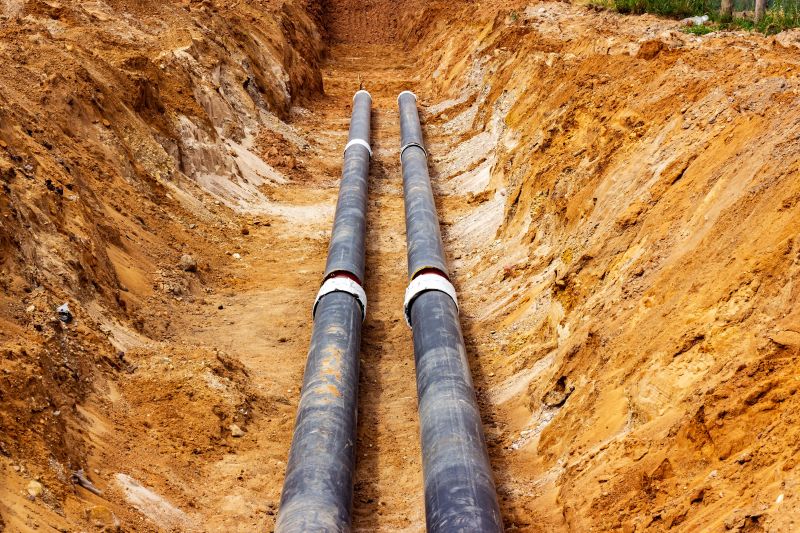
Shows proper depth and width for safety.

Different soils require varied excavation techniques.
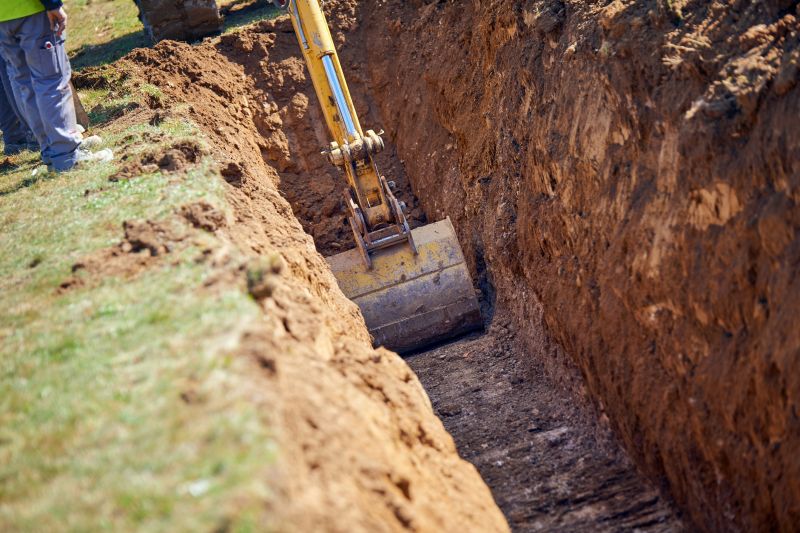
Heavy machinery for efficient trenching.

Little measurements that prevent headaches on Trench Diggings day.

A 60-second routine that keeps Trench Diggings looking new.
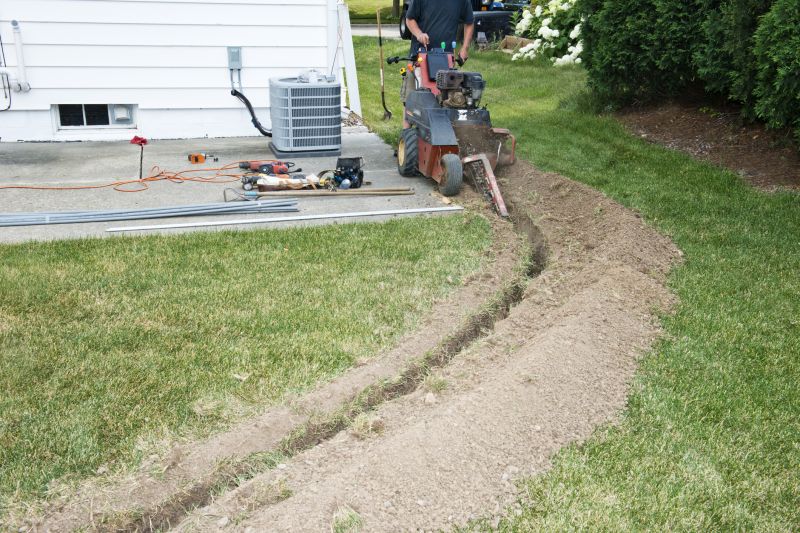
A frequent mistake in Trench Diggings and how to dodge it.
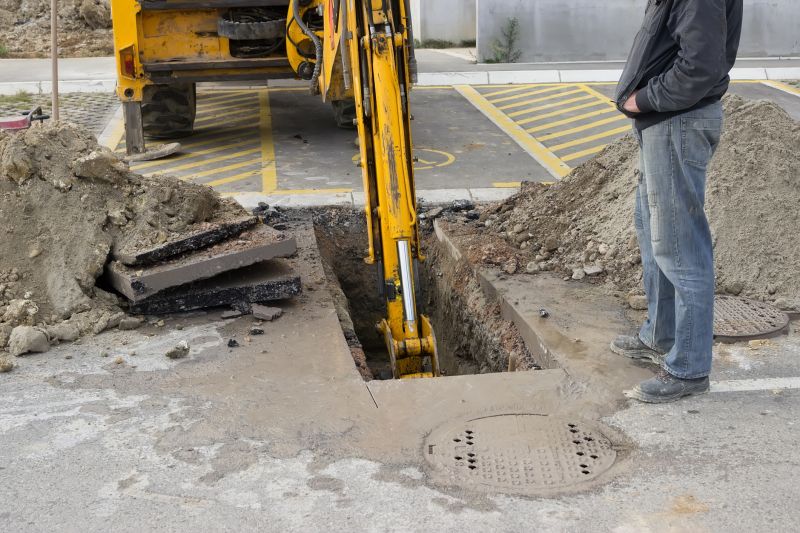
Small tweaks to make Trench Diggings safer and easier to use.
Interested parties should consider scheduling trench diggings during periods with favorable weather conditions to ensure safety and efficiency. Proper timing can also help in meeting project deadlines and reducing costs associated with weather-related delays. For further information or to discuss specific project needs, filling out the contact form is recommended.



